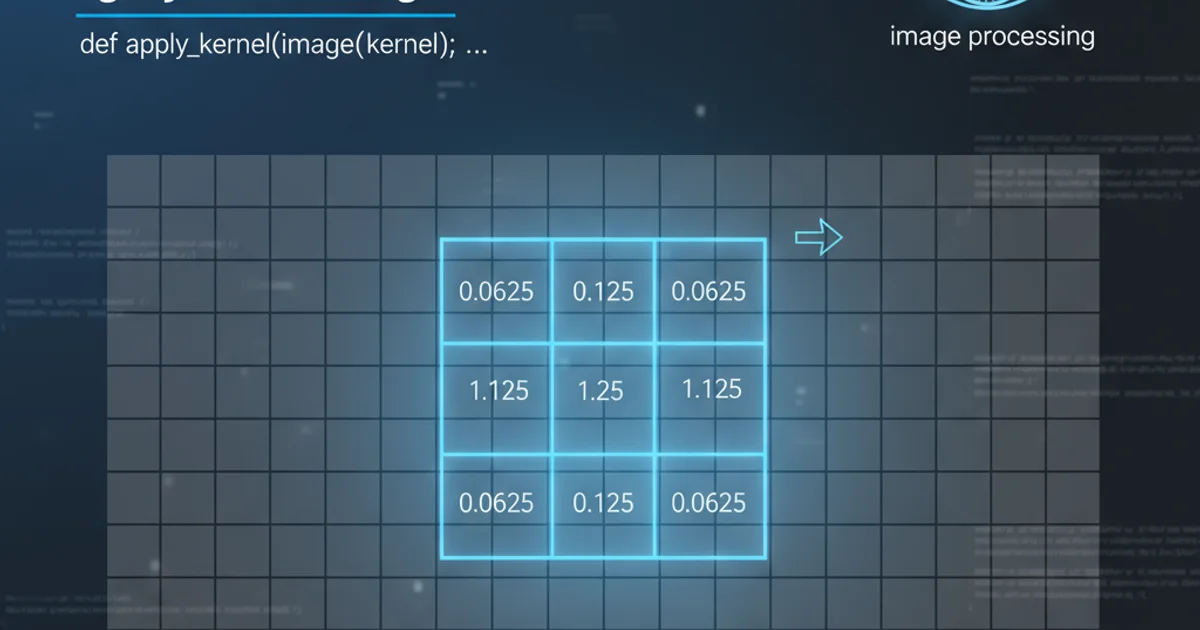Installing spyder python on windows 8
Categories:
Installing Spyder Python on Windows 8: A Comprehensive Guide

Learn how to successfully install and set up the Spyder IDE for Python development on your Windows 8 system, covering common methods and troubleshooting tips.
Spyder (Scientific PYthon Development EnviRonment) is a powerful interactive development environment for scientific computing with Python. It offers a rich set of features including an advanced editor, an interactive console, variable explorer, and debugging tools, making it a popular choice for data scientists and engineers. This guide will walk you through the process of installing Spyder on Windows 8, focusing on the most reliable methods.
Method 1: Using Anaconda (Recommended)
Anaconda is a free and open-source distribution of Python and R for scientific computing, which simplifies package management and deployment. It comes pre-packaged with Spyder, along with many other essential libraries like NumPy, SciPy, and Pandas. This is the recommended method for most users due to its ease of installation and comprehensive environment management.
1. Download Anaconda
Navigate to the official Anaconda website and download the Python 3.x graphical installer for Windows. Ensure you select the 64-bit version if your system supports it, which is typical for most modern Windows 8 installations.
2. Run the Installer
Locate the downloaded .exe file and run it. Follow the on-screen prompts. It's generally recommended to install for 'Just Me' unless you have specific multi-user requirements. Accept the default installation location unless you have a strong reason to change it.
3. Add Anaconda to PATH (Optional but Recommended)
During installation, you'll see an option to 'Add Anaconda to my PATH environment variable'. While not strictly required, checking this box can make it easier to run Python and Conda commands from the command prompt. If you skip this, you'll need to use the Anaconda Prompt for command-line operations.
4. Complete Installation
Click 'Install' and wait for the process to complete. This may take several minutes. Once finished, click 'Next' and then 'Finish'.
5. Launch Spyder
After installation, you can launch Spyder in one of two ways:
- From the Windows Start Menu, search for 'Anaconda Navigator' and launch it. Inside Navigator, you'll find an icon to launch Spyder.
- From the Windows Start Menu, search for 'Spyder' directly and launch it.
Method 2: Installing with pip (For Existing Python Installations)
If you already have a standalone Python installation on your Windows 8 machine and prefer not to use Anaconda, you can install Spyder using pip, Python's package installer. This method requires you to manage your Python environment and dependencies manually.
flowchart TD
A[Existing Python 3.x] --> B{Check pip & setuptools}
B -- Yes --> C[Open Command Prompt]
C --> D["pip install spyder"]
D --> E[Installation Complete]
E --> F[Launch Spyder]
B -- No --> G[Upgrade pip & setuptools]
G --> CFlowchart for installing Spyder using pip
1. Verify Python and pip Installation
Open Command Prompt (search for cmd in the Start Menu). Type python --version and pip --version to ensure Python and pip are correctly installed and added to your PATH. If pip is not found, you might need to reinstall Python and ensure the 'Add Python to PATH' option is selected during installation.
2. Install Spyder
In the Command Prompt, execute the following command:
pip install spyder
This command will download and install Spyder and its dependencies, including PyQt5 or PySide2 (the GUI toolkit Spyder uses).
3. Launch Spyder
Once the installation is complete, you can launch Spyder by typing spyder in the Command Prompt and pressing Enter.
pip, ensure your Python environment is clean and up-to-date to avoid dependency conflicts. Consider using a virtual environment (venv or virtualenv) for better project isolation.Troubleshooting Common Issues
Even with straightforward installation methods, you might encounter issues. Here are some common problems and their solutions:
Spyder fails to launch or crashes immediately
This could be due to corrupted installation or conflicting packages. Try updating Spyder and its dependencies:
For Anaconda:
conda update anaconda
conda update spyder
For pip:
pip install --upgrade spyder
pip install --upgrade pyqt5 pyside2
If the issue persists, consider reinstalling Spyder or even your entire Python environment.